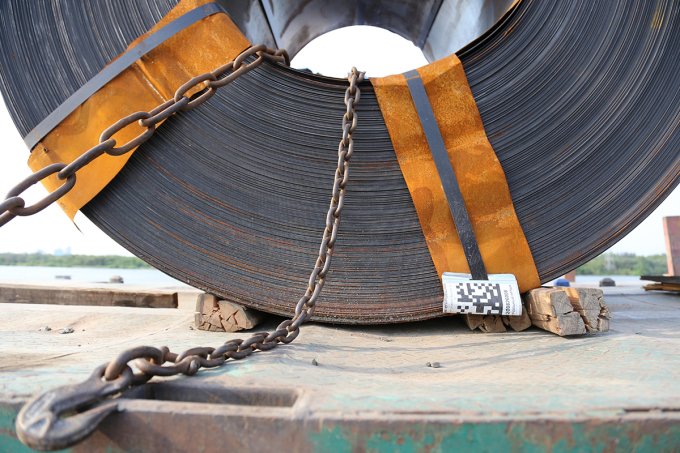Transporting steel coils is a critical task in the logistics and construction industries, especially in the United States, where steel is in high demand for a variety of applications. Steel coils are heavy, bulky, and, if not properly secured, can pose serious risks during transport. Securing these coils effectively on a container truck is not just a matter of compliance with U.S. Department of Transportation (DOT) regulations but also a matter of safety for both the driver and other road users.
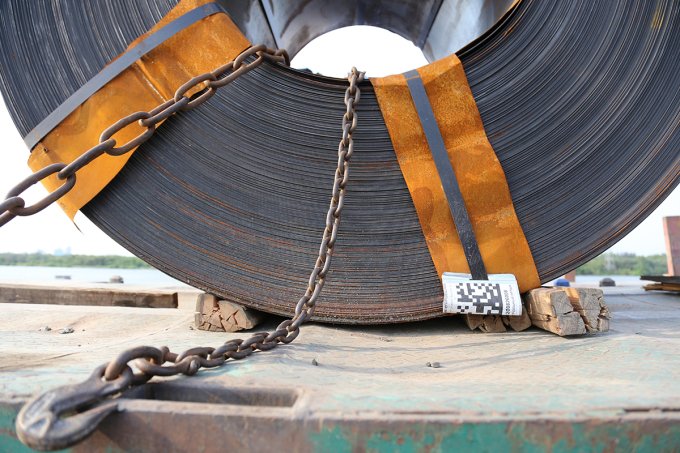
In this article, we will delve into the best practices, techniques, and regulations for properly securing steel coils on a container truck, ensuring a safe and smooth transport process. Whether you’re a shipping company, driver, or logistics manager, understanding the best methods to secure these heavy materials is vital.
### Why Properly Securing Steel Coils Is Important
Steel coils are commonly transported on container trucks, and due to their size and weight, they require special attention when securing them for transit. Failing to properly secure steel coils can lead to various hazards, such as:
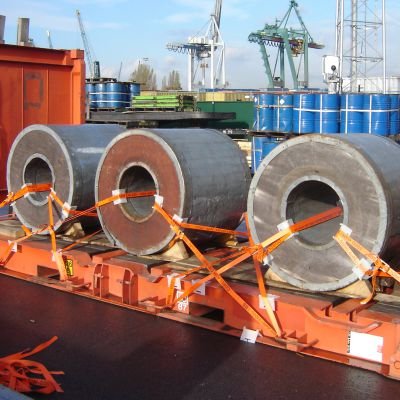
1. **Cargo Shifting**: Improperly secured coils can shift during transport, causing imbalances in the truck, which may lead to accidents.
2. **Damage to Goods**: Loose coils may cause damage to other cargo or the container itself.
3. **Regulatory Fines**: Failure to comply with safety regulations regarding load securing can result in fines or penalties for the shipping company or driver.
By following the right procedures and using proper equipment, the risks associated with transporting steel coils can be minimized.
### Step-by-Step Guide to Securing Steel Coils on a Container Truck
#### 1. **Understanding the Steel Coil Load**
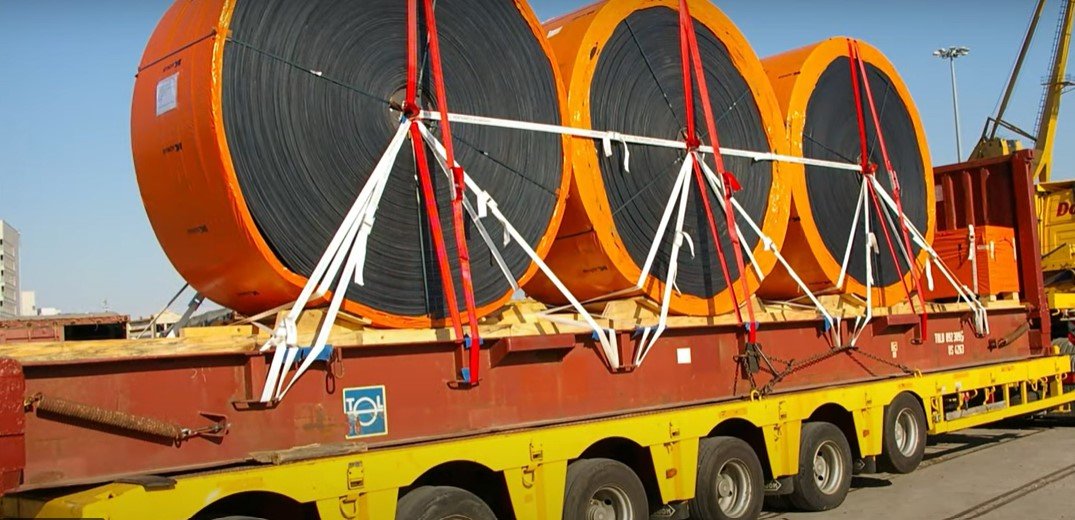
Steel coils are heavy and have a unique shape, making them difficult to secure. They typically come in various sizes, and it is essential to know the specific dimensions and weight of the coils you are transporting. The heavier the coil, the more securing force is needed.
In most cases, steel coils are transported in bundles, which may be as heavy as several tons. To safely transport them, it’s crucial to understand the weight distribution and secure them in a way that prevents any shifting or movement.
#### 2. **Choose the Right Equipment**
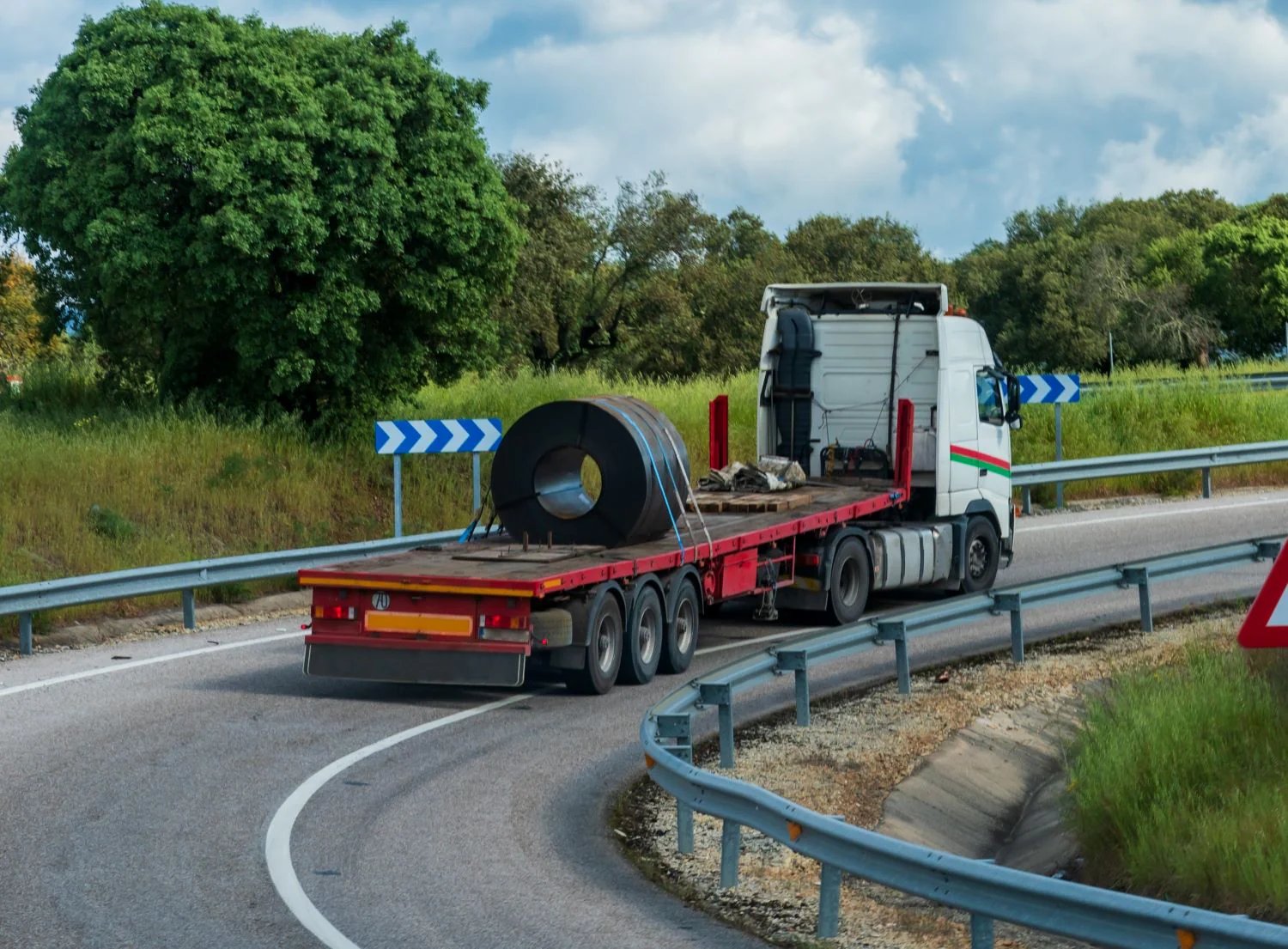
To secure steel coils effectively, you need specialized equipment designed for this purpose. Some of the most commonly used tools for securing steel coils include:
– **Coil Cradles**: These are heavy-duty devices that are used to support steel coils and prevent them from rolling or shifting during transit. Coil cradles are designed to fit the shape of the coils and keep them stable.
– **Tie-Down Straps**: Heavy-duty ratchet straps are typically used to secure steel coils to the container. These straps should be made from high-strength materials such as polyester to ensure they don’t break under load.
– **Chains**: Chains are another viable option for securing steel coils, particularly for larger loads. Chains can be tightened to ensure a firm hold on the coils.
– **Edge Protectors**: To prevent damage to the coils and the straps or chains, edge protectors are used to distribute the tension across the surface and reduce wear on securing materials.
#### 3. **Positioning the Steel Coils**
Before securing the steel coils, they must be positioned correctly on the container bed to ensure stability throughout the journey. Here are some tips on proper positioning:
– **Center the Coils**: It is important to position the coils in the center of the container bed, ensuring an even weight distribution. This helps avoid tipping the vehicle or unbalanced cargo.
– **Align Coils with the Container’s Length**: Steel coils should be aligned with the length of the container to maximize the use of the available space and prevent rolling during transport.
– **Use Blocking and Bracing**: Steel coils can be braced against the container’s walls or between other cargo using wooden blocks, metal braces, or other materials to prevent lateral movement.
#### 4. **Securing the Coils with Tie-Downs**
Once the steel coils are positioned, it’s time to secure them with tie-downs or chains. The securing method will depend on the size of the coils, the weight, and the type of truck you’re using.
– **Strapping**: For smaller coils, the use of heavy-duty tie-down straps can be an effective solution. You should use at least two straps per coil, securing the coil at multiple points, such as the top and bottom. Make sure that the straps are tightened to their maximum tension without causing damage to the coils.
– **Chains**: For larger and heavier coils, chains may be necessary. Use a minimum of two chains per coil, ensuring that each chain is tightened with sufficient force to keep the coil in place without shifting.
– **Strap Ratchets**: Use ratchet binders to tighten the straps or chains. These devices allow you to apply more tension, ensuring a secure hold on the coils.
– **Check the Tension**: After securing the steel coils, it’s essential to double-check the tension of the straps or chains. They should be tight enough to prevent any movement but not so tight that they cause damage to the coils.
#### 5. **Check for Stability and Movement**
Once all the steel coils are secured, it’s essential to check the stability of the load before heading out. Gently try to push the coils to ensure they are firmly held in place. If any movement is detected, readjust the straps or chains to ensure a secure fit.
### Compliance with U.S. Load Securing Regulations
In the U.S., the **Federal Motor Carrier Safety Administration (FMCSA)** sets regulations for securing loads, including steel coils, under the **Code of Federal Regulations (CFR) Title 49, Section 393**. Some important guidelines for securing steel coils include:
1. **Proper Tie-Down Ratios**: The FMCSA specifies the number of tie-downs required based on the weight of the steel coils. For example, for every 10,000 lbs of cargo weight, one tie-down must be used.
2. **Approved Equipment**: Only approved securing devices, such as tie-down straps, chains, and coil cradles, are allowed to be used. These devices must be rated to handle the weight and force of the load.
3. **Inspection and Maintenance**: Truck drivers must regularly inspect the load and securing equipment, especially during long trips, to ensure nothing has loosened or shifted during transport.
Failure to comply with these regulations can lead to penalties, fines, or accidents, making it crucial to follow the correct securing procedures.
### Best Practices for Securing Steel Coils
Securing steel coils on a container truck is a critical task that requires precision, proper equipment, and adherence to safety regulations. By following the steps outlined in this guide — from selecting the right equipment to positioning the coils and using the appropriate securing techniques — you can ensure a safe and successful transport.
Remember that safety always comes first. By securing the steel coils correctly, you reduce the risks associated with cargo shifting, damage, and accidents, ensuring a smooth, legal, and successful journey for your valuable cargo.
